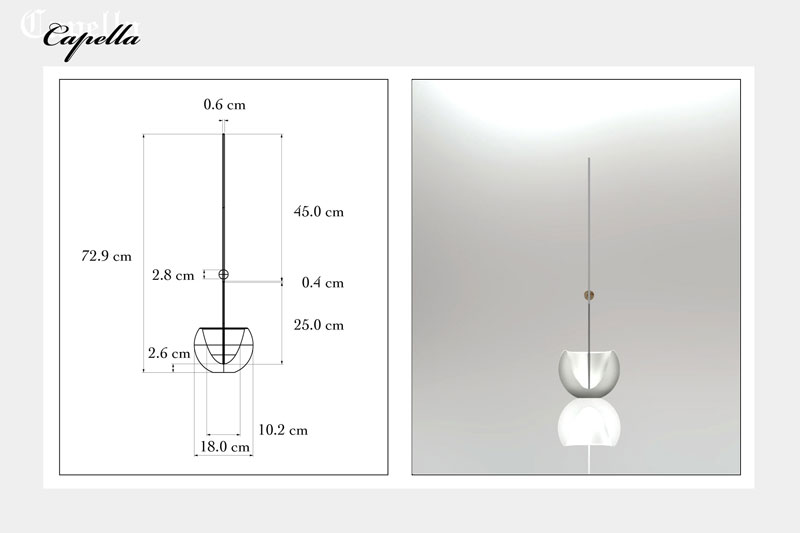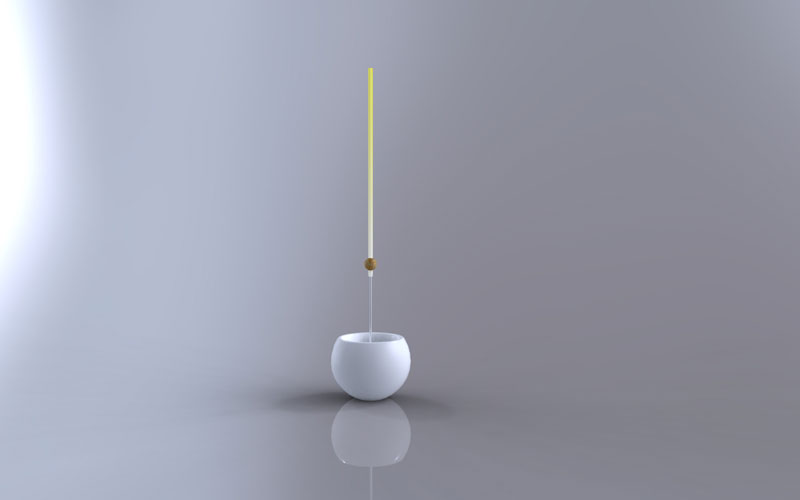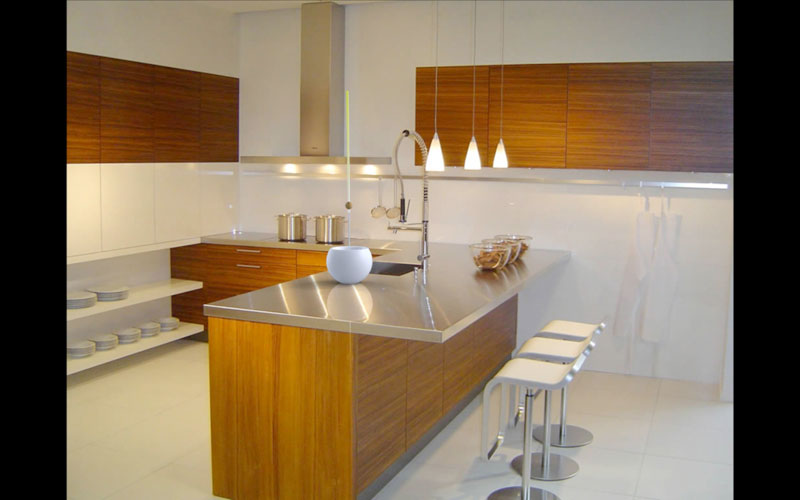
capella by david elia from monaco
designer's own words:
When approaching the idea of materials, it is important to analyze the existing properties of that material and to attempt to exploit the useful aspects it has to offer. Often, a simple and low technology approach can lead to interesting product solutions that contain one area of interest and value given solely by the use of material.
Exploring the sensibilities of a material and researching its historical context can lead to an innovative use in a new product. Ceramic is known for its properties of acoustic resonance, and this natural feature should be utilized in the products created from it.
Capella is a kitchen timer. The use of a bamboo ball and a ceramic bowl adds a dramatic performance and sound to an otherwise common household item. The ball dropping is a metaphor for the duration and completion of a span of time.
The ceramic kitchen timer is an exploration into a functional visual metaphor. The timer is larger than would be expected, allowing it to become a sculptural piece that instigates query and interest. The scale is not purely aesthetical, however, as the structure needs to be of a certain height for the sound to have any impact. The ceramic bowl is also parabolic in shape, but it is a deeper and more conical than the acoustic tile. This will increase the projection of the sound of the ball hitting the bowl. Again, the interior of the bowl is hollow to maximize volume through vibration. The timer functions off simple mechanics that utilize gravity and friction alongside the passing of time. A solid bamboo ball is present on an aluminum pole, which has been treated with a latex rubber dip. The interior hole of the ball, which allows it to remain on the pole, has also received a rubber coating. When the ball is pulled up the pole, the rubber grips itself and allows the ball to remain on the pole for an allotted amount of time. When the ball reaches the end of the rubber surface, which tapers off to the diameter of the pole, the ball loses friction and falls into the ceramic bowl, giving indication that the set amount of time has passed. Due to the possibility that this solution may not provide the most precise demonstration of time, the pole is not marked with specific increments, but is instead treated with a gradated color to help indicate the proportions of the rubber treatment. The rubber surface measures one hour. This way, if the user wants to set the timer for fifteen minutes, they pull the ball one-fourth of the way up the rubber pole. Approximately fifteen minutes later, the ball will reach the end of the rubber and fall.
The value and potential of the project, Capella, is that the products resulted from the characteristics of the material. The products do not attempt to solely create something new, but also aspire to create something good through the use of an atypical property of ceramic. By using the approach of allowing the material to define the product’s function, the hope is that better functioning products can be designed and produced.
Capella
 Capella
Capella
 Capella
Capella